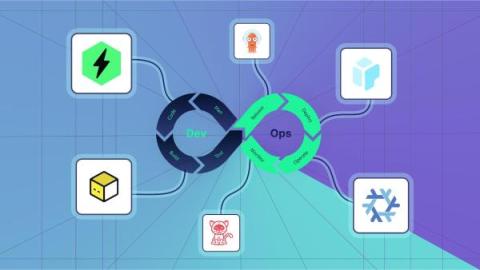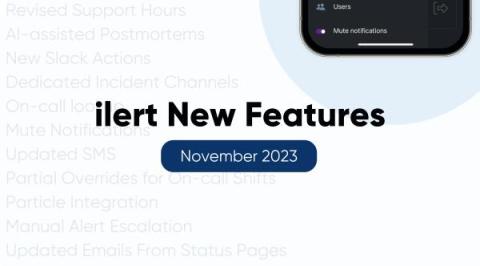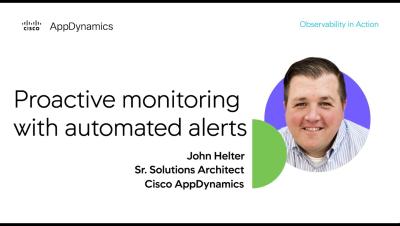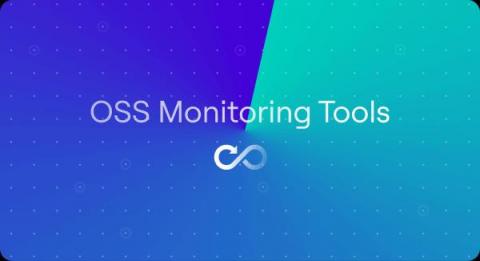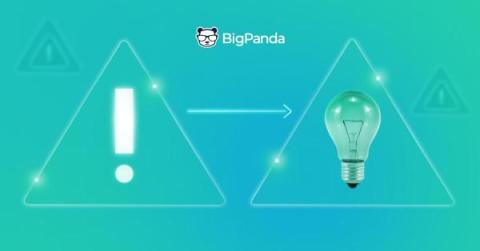Join Leon Adato, Kentik's Principal Technical Evangelist, for, "Alerts Don't Suck: YOUR Alerts Suck." In this engaging talk, Leon shares a personal anecdote about generating a staggering 772 tickets - twice - in just 15 minutes, setting the stage for an enlightening exploration of alert management. Leon discusses the common misconceptions and pitfalls of alerts in network observability, distinguishing between effective and ineffective alert strategies. He demystifies the concepts of monitoring versus observability, offering practical advice on creating alerts that genuinely add value and drive action. Whether you're an IT professional, network engineer, or anyone interested in improving your alerting philosophy, this talk is packed with actionable insights, humor, and real-world examples. Leon's hard-won advice might just transform your approach to alerting and optimizing your monitoring systems.



